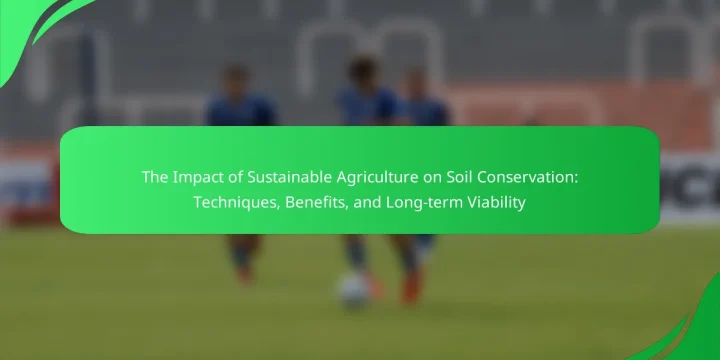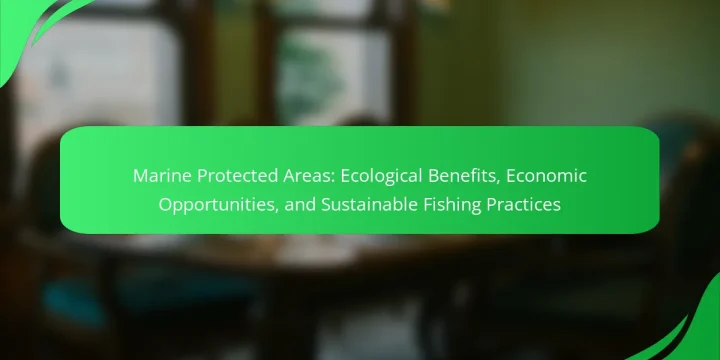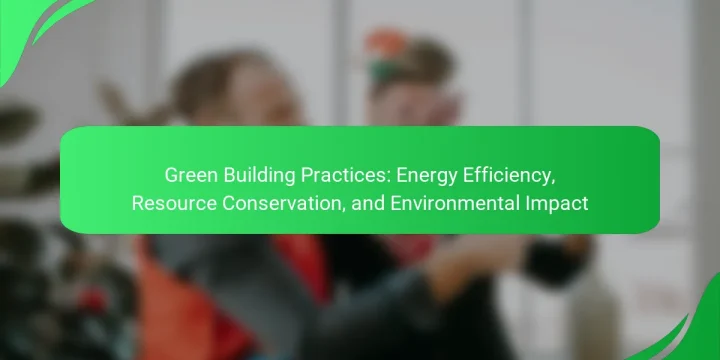
Sustainable agriculture is a practice that enhances soil conservation through various techniques such as cover cropping, reduced tillage, and crop rotation. These methods significantly improve soil health and structure by preventing erosion, increasing organic matter, and promoting biodiversity. The article discusses how sustainable agriculture reduces reliance on chemical fertilizers and pesticides, leading to healthier ecosystems and improved soil fertility. Additionally, it highlights the role of sustainable practices in increasing soil carbon sequestration, which contributes to climate change mitigation. Overall, sustainable agriculture supports long-term soil fertility and ecosystem sustainability, ensuring food security for the future. What is the impact of sustainable agriculture on soil conservation? Sustainable agriculture positively impacts soil conservation by enhancing soil health and structure. It reduces erosion through practices like cover cropping and no-till farming. These methods protect…

